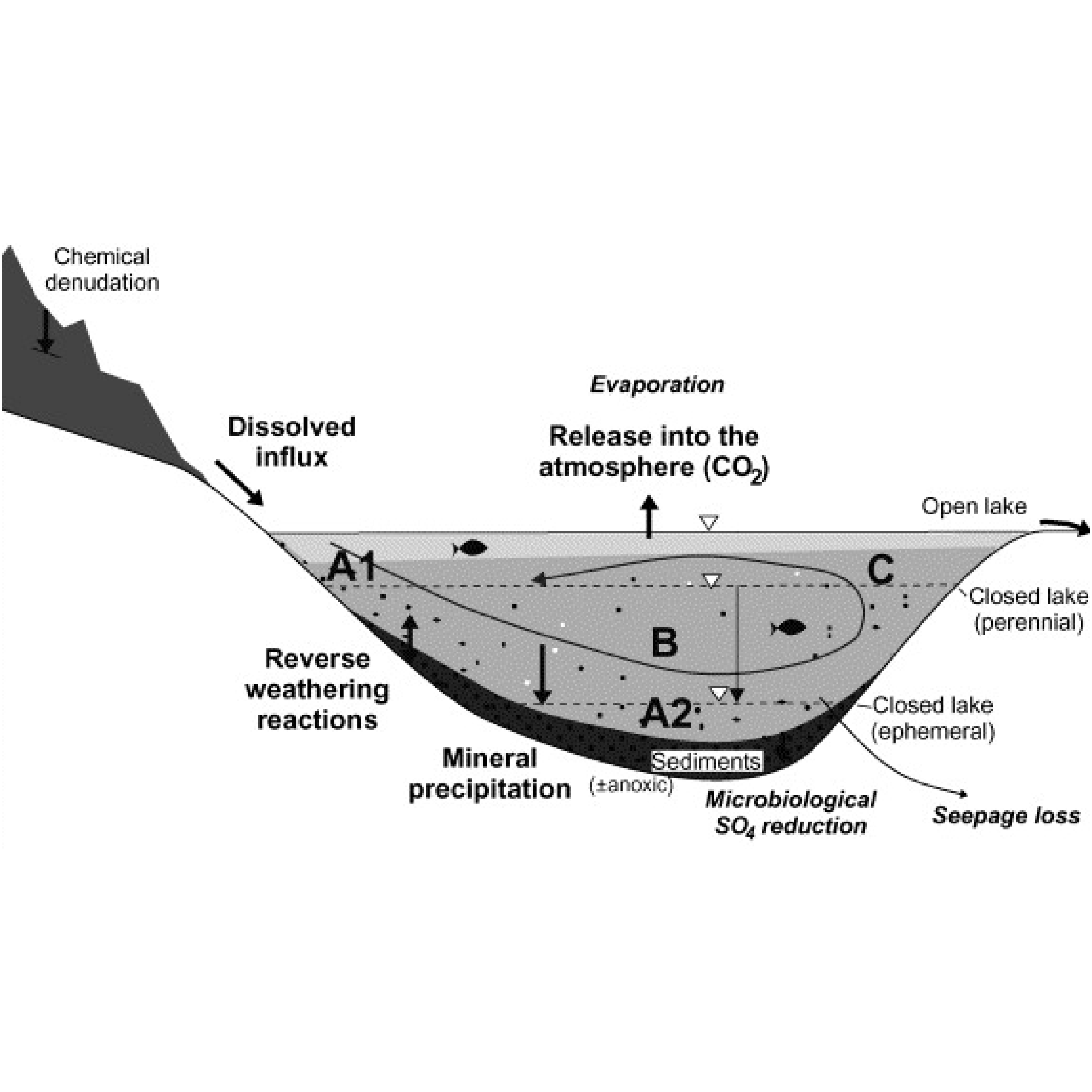
Lake Neusiedl is an example of an endorheic basin in that it retains water and allows no outflow to other external bodies of water. The lack of outflow is from the basin’s floor dropping more rapidly than water and sediments can accumulate. At the center of each basin, the endorheic lake, is a collection of water or sink that has no evident outlet. Lake Neusiedl is the largest in central Europe. Endorheic basins’ watersheds are often confined by natural geologic land formations, such as mountains, that cut off water egress to the ocean or a large body of water. Endorheic basins, including Lake Neusiedl, typically have to be treated to be used for drinking water since their inland water flows into dry watersheds where the water evaporates. This process leaves a high concentration of minerals that causes the lake to become more saline over time.
In humid areas, the basins tend to be marshy. These areas, such as Mexico City, have endorheic basins that are subject to substantial flooding in wet years and characterized by waterlogged soils that require draining. In areas where rainfall is higher, erosion will generally carve drainage channels or cause the water level in the terminal lake to rise until it finds an outlet. In deserts, the water inflow is low and large amounts of water is lost from solar evaporation, reducing the formation of drainage systems. In extreme cases, the basin will become arheic.
With limited precipitation but high potential evaporation, water storage is vulnerable to subtle flux perturbations, such as Lake Neusiedl, which has dried up over a 100 times . For this reason basins have been drained by humans, temporary farmed, or their natural cycle has been converted to an artificially dominated nature‐social water cycle in order to control the basins. Today, Lake Neusiedl’s water level is controlled by an artificial outflow, the Einserkanal, and a sluice in Hungary by the Austro-Hungarian water commission. Minor fluctuations of the lake's level continue to occur making the equilibrium sensitive to climate change. There has been a recent decline in enhoreic water storage which is exacerbated by global warming and human activities.
Processes controlling the geochemical evolution of closed-basin lakes.
Sources: J.P Yan, M Hinderer, and G Einsele, “Geochemical Evolution of Closed-Basin Lakes: General Model and Application to Lakes Qinghai and Turkana,” Sedimentary Geology (Elsevier, October 23, 2001), https://www.sciencedirect.com/science/article/pii/S0037073801002123.
Sources: J.P Yan, M Hinderer, and G Einsele, “Geochemical Evolution of Closed-Basin Lakes: General Model and Application to Lakes Qinghai and Turkana,” Sedimentary Geology (Elsevier, October 23, 2001), https://www.sciencedirect.com/science/article/pii/S0037073801002123.
- Mary Guiden, “World's Largest Cities Depend on Evaporated Water from Surrounding Lands,” Colorado State University (Colorado State University, March 13, 2018),
-
Patrick W. Keys, Lan Wang-Erlandsson, and Line J. Gordon, “Megacity Precipitationsheds Reveal Tele-Connected Water Security Challenges,” PLOS ONE 13, no. 3 (2018), https://doi.org/10.1371/journal.pone.0194311.
-
G. Ragette , “The Evaporation of Rain and Snowfall in the Subcloud Layer,” Physics and Chemistry of the Earth, Part B: Hydrology, Oceans and Atmosphere 24, no. 6 (1999): pp. 619-622, https://doi.org/10.1016/s1464-1909(99)00054-4.
